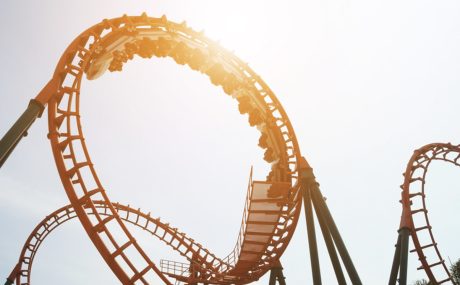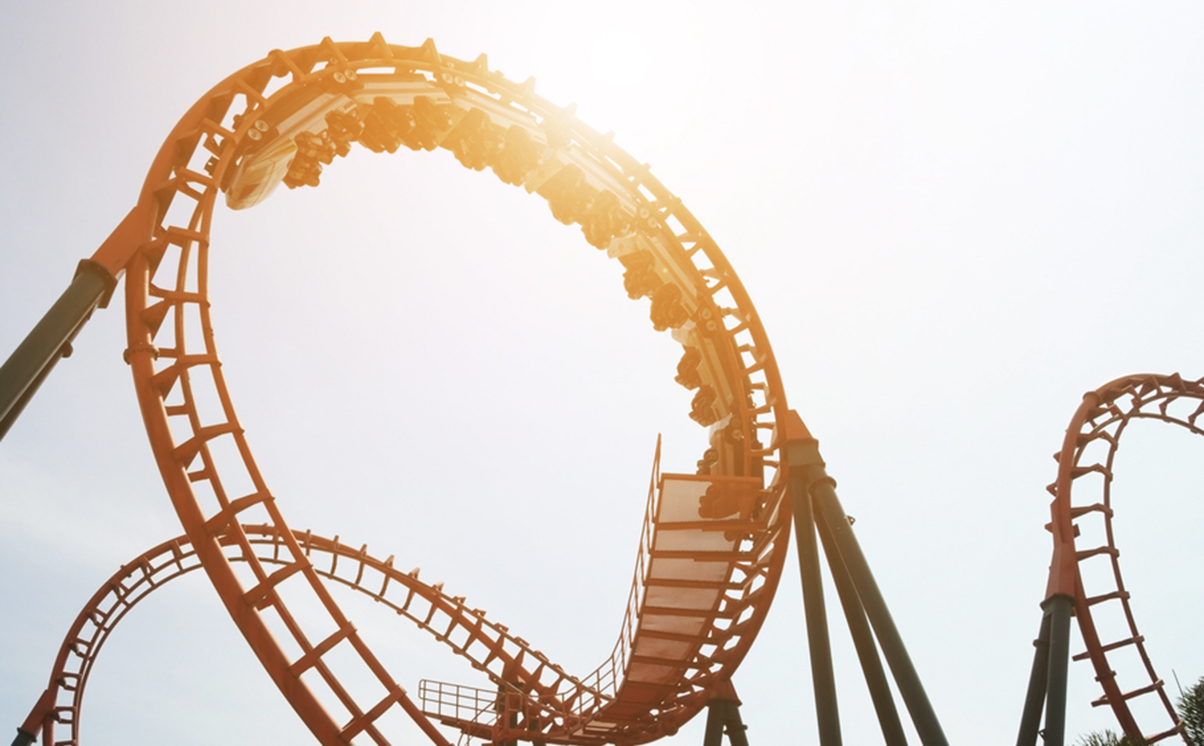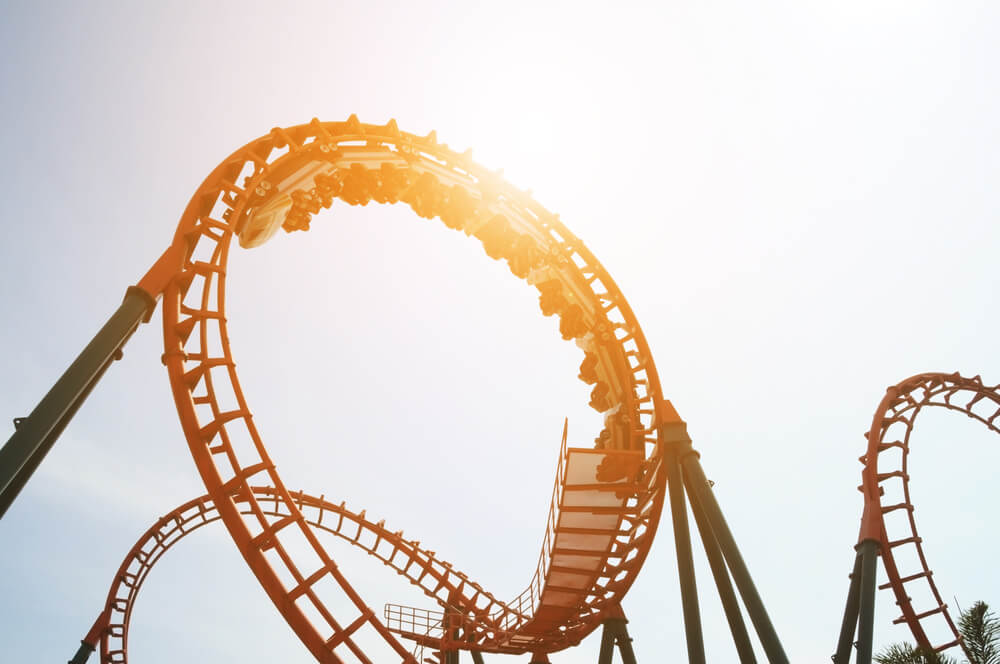Rollercoasters and other thrill rides are popular attractions in the UK and globally and, in the vast majority of cases, are a safe way to enjoy high speeds and sharp turns. However, injuries on rides do sadly occur. A recent failure on a funfair ride in London’s Lambeth County Show caused some riders potentially life-threatening injuries. Anna Wiseman, a partner in our Personal Injury team, explains how theme park and funfair visitors with serious injuries can bring a legal claim and what the process involves.
Thorpe Park recently unveiled its new Hyperia rollercoaster, now the UK’s tallest and fastest, but was forced to shut it down after just one day of operation. The park did not announce the reason for the closure, but safety concerns will likely have played a role. It is encouraging to see a safety-first approach being taken. Unfortunately, this isn’t always the case, and accidents do happen.
Anna represented eight of the riders who sustained injuries in the Alton Towers Smiler rollercoaster crash in 2015, with two of them (Leah Washington and Vicky Balch) requiring life-changing amputations. Alton Towers reported a 25% decline in attendance following the crash, while Thorpe Park saw a 12% decline, demonstrating the effect these failures can have on public opinion.
Can you make a claim for an accident at a theme park?
When attending a theme park or taking a ride at a theme park or funfair, you are a lawful visitor. You are entitled to expect to be able to enjoy the experience to its fullest with complete peace of mind for your health and safety.
There is a duty to take reasonable care of our own safety, too. To put it another way, you must not act in a way that causes yourself harm. We take reasonable care for our own safety every day, such as wearing a seatbelt when travelling in a car or wearing a helmet when cycling on a road.
In a theme park, keeping hands and feet inside the cart when told to do so, not standing up if instructed to remain seated throughout the ride and adhering to the park’s safety guidance should ensure a visitor remains safe. The only lasting reminder of the day should be a head full of fun memories and perhaps a photo from the latest thrill-seeking ride or a trinket from the gift shop.
Sadly, accidents at theme parks can happen through no fault of our own, and when this occurs, the damage can be devastating.
To bring a claim if you are injured while on a day out, you must consider who was at fault for the accident. If the accident was at least partially caused by the negligence of the owner/operator or an employee of a theme park, you should consider bringing a claim at the earliest opportunity.
How would an injured person make a claim?
The cause of the accident should be investigated as soon as possible. Due to the nature and extent of the investigations that need to occur after a serious accident, a solicitor should be instructed early. A specialist solicitor can assist in making enquiries about the cause of the accident. They will also contact the theme park’s owner and operator and their insurers to ensure the all-important liability investigations are carried out at the earliest possible opportunity.
How do injury claims against travelling funfairs differ from claims against theme parks?
The legal principles are the same: you must show negligence by the funfair operator/owner or their employees. However, by their nature, a travelling funfair will likely be a temporary attraction, perhaps only in the location for a few days. It may recruit local or temporary staff to help run the attractions. The instructed solicitor should act swiftly to ensure the evidence is preserved and instruct experts to inspect the site/attraction as soon as possible. Speed is of the essence to make sure the ride is not dismantled or moved to a new location or, if this is not possible, is stored in its present condition. Also, identifying witnesses and obtaining their contact details should be done at the earliest stage. Contact with the funfair owners should be made quickly, as this will help determine their insurance details and the likely stance the insurers will adopt.
How long does a serious injury claim take?
This is a difficult question to answer, as much will depend on the severity and nature of the claimant’s injuries. Serious injury claims may take several years, as your specialist solicitor will need to consider not only the immediate impact of your injuries but also how this may impact you in the future.
The advantage of bringing a claim early on is that certain key steps can be taken immediately. Private rehabilitation can often be secured early to help the injured person make the best and quickest medical, social and psychological recovery. It also allows the solicitor to investigate liability for the incident and the claim’s value. If liability appears reasonably straightforward, defendant insurance companies are often willing to make interim payments to alleviate the financial hardship the claimant may experience if they cannot return to work due to their injuries.
How do you work out the compensation for someone injured on a ride?
Each claim is tailored to the individual. The circumstances of the accident might be relevant to the nature of the injuries sustained, but they have little to no impact on how a compensation claim is valued. The award for damages is broken down into two main parts:
- ‘general damages’ being the compensation for your pain, suffering and loss of amenity caused by your injury, and
- ‘special damages’ to cover the expenses and loss both since the accident and in the future.
The damages award aims to put the claimant back in the same position, as far as possible, as they were before the accident.
In a serious injuries claim, where the injuries are severe and life-changing, money can only go so far as it cannot replace what is lost in terms of their health, mobility or independence. However, the award should ensure that a claimant can live comfortably and their future needs can be met for the rest of their life.
From your personal perspective, what toll have you seen ride-related injuries take on your clients?
Fairground rides and rollercoasters are fun and popular attractions, but if an accident occurs, it is highly likely to cause serious and potentially life-changing injuries. The psychological impact of such an accident cannot be underestimated, as the thrill of these rides comes from achieving an adrenaline buzz of high speed and great heights while knowing you are perfectly safe. When an accident occurs, what was and should have been a fun day out quickly turns into a life-changing one, in the worst possible way.
A severe injury can have a devastating impact on a client’s life. Part of our role as lawyers is to do all we can to help them move on with their life and provide them with every opportunity to achieve their maximum potential.
What should I look for when finding a solicitor?
After you have sustained an injury, selecting a law firm with expertise in the type of injuries you have sustained is vital. You need to have confidence in your chosen solicitor and trust they have the expertise and knowledge to deal with your claim. Finding the right solicitor for you and your case is crucial as it can make a huge difference in how your claim progresses, the help you get early on and, ultimately, the damages you receive.
Solicitors pride themselves on their reputation. Obtaining recommendations from colleagues, friends and family is sensible and can be as important as reading reviews and looking at their websites to learn about previous client experiences. When it comes to legal reviews, there is a lot of information out there. However Chambers and The Legal 500 are excellent independent resources as they rank law firms through rigorous research and analysis.
Remember, this process may take a few years, so making sure the solicitor you instruct is right for you and your family is paramount. You can tell a lot at a first meeting, so insist on meeting them in person and ensure the solicitor is open, communicative and clear about the claims process.
Subscribe – In order to receive our news straight to your inbox, subscribe here. Our newsletters are sent out once a month.





